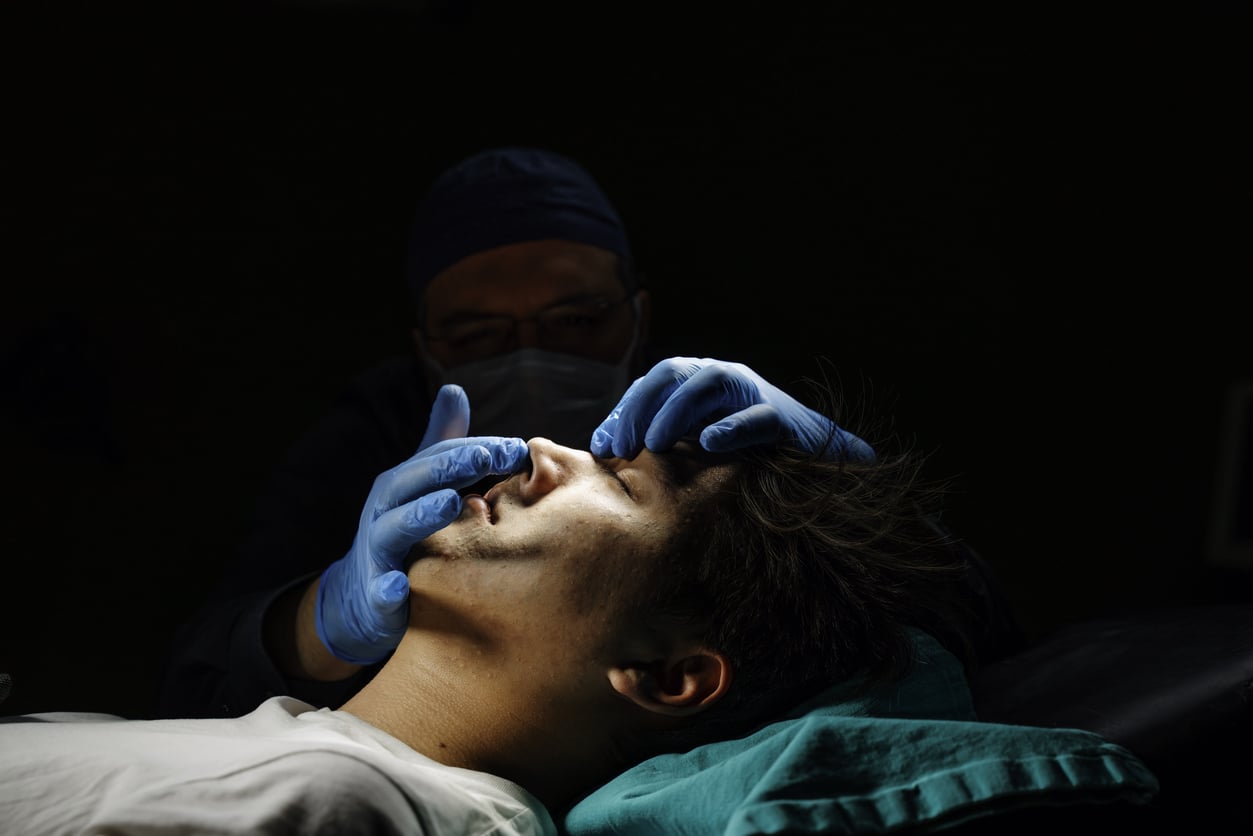Turbinate reduction surgery is a low-risk intervention designed to alleviate persistent nasal issues such as continual congestion, recurring sinus infections, difficulties with mouth breathing, snoring or persistent nosebleeds. When patients have not seen improvements with other forms of treatment, this procedure is often advised. By targeting the underlying cause of nasal blockages, the surgery can provide significant relief. Below, you will find essential information about the surgery and what you can anticipate during your recovery.
Understanding Turbinate Reduction

Within the nasal cavity, there are small bone-supported structures known as turbinates that are sheathed in soft tissue. These structures are essential for humidifying the air we breathe. At times, turbinates may enlarge due to various reasons such as allergies or infections, leading to airflow obstruction and discomfort.
Turbinate reduction surgery aims to decrease the size of the turbinates to enhance breathing without completely removing them. This procedure is generally considered when patients have not had success with other remedies, including nasal sprays or allergy treatments.
Recovery Expectations
The surgery for reducing turbinates can be performed with either local or general anesthesia. The choice depends on the surgery’s complexity and patient preference. Surgeons may employ various techniques to achieve the desired result.
Post-surgery recovery duration may range from a few days to several weeks, with the specific timeframe dependent on the surgical method and the patient’s health condition. Many individuals can resume their typical activities after approximately a week, though complete healing could extend to several weeks. During the recovery phase, patients might experience:
- Pain and discomfort: While nasal discomfort and congestion are typical, they can be managed with pain medication as prescribed by the doctor.
- Bleeding: Minor bleeding post-surgery is expected, particularly in the initial days.
Patients are usually advised to follow specific post-operative care instructions to support healing, such as:
- Steering clear of nasal irritants: To facilitate healing, patients should avoid exposure to smoke, dust, and other potential irritants.
- Utilizing nasal sprays and humidifiers: Employing saline nasal sprays and humidifiers can assist in keeping the nasal passages moist, promoting recovery.
After undergoing turbinate reduction surgery, several follow-up consultations are important to check on the healing progress and to ensure that there is no excessive scarring or re-enlargement of the turbinates.
Knowing what the surgery entails and the recovery process helps patients prepare adequately and actively contribute to a positive surgical outcome. If you’re suffering from conditions that might benefit from turbinate reduction, reach out to Albany ENT & Allergy Services to discuss your options and set up an appointment.